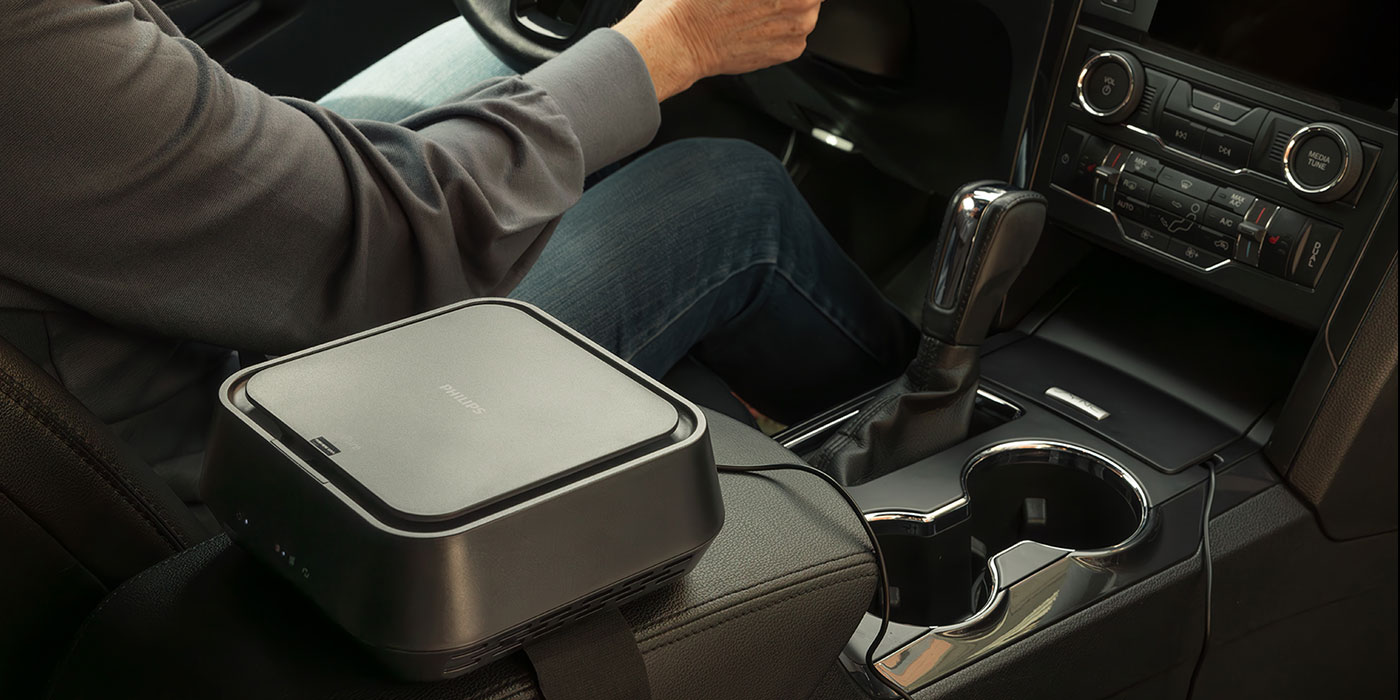The rule of two has long been key to vehicle maintenance procedures. Whenever vital components such as tires, brakes, shocks and wiper blades need to be replaced, it’s always safer to do so in pairs.
This practice ensures vehicles are properly balanced and functioning safely. But it’s not only those big-ticket components that need to be replaced in pairs.
Don’t overlook the integral role vehicle lighting plays in keeping drivers and their passengers safe. Motorists should exercise the same caution regarding their vehicles’ headlights, taillights and turn signals that they do when maintaining the rest of their cars and trucks.
Headlight bulb replacement isn’t always considered to be part of vehicle maintenance routines. But old headlight bulbs can drastically compromise visibility at night, when drivers’ visual acuity is naturally reduced by as much as 70 percent.
According to Philips, headlight bulbs begin to project significantly less light within two to three years of their initial usage, producing dimmer light outputs that compromise the safety of drivers and their passengers. For example, new headlight bulbs capable of projecting 240-foot beams in front of a vehicle may see that projection dwindle to just 160 feet within two to three years.
In addition, as headlight lenses age, the effects of exposure to sunlight, ozone and road debris can significantly reduce their transparency. This, combined with aging filaments, means headlights won’t cut through the night like they used to.
Though replacing two headlight bulbs when only one is dimming may seem unwarranted, maintaining a consistent light output in both headlights makes the road safer for drivers, their passengers and oncoming motorists. When only one bulb is replaced, the resulting light output can be both unbalanced and unpredictable, providing inadequate lighting that can compromise driver visibility.
In addition, many late model cars require the bumper fascia or other structural pieces to be removed for bulb changes. If the car owner is paying for that labor, it pays to replace both bulbs at once. If one bulb has burned out, it’s likely that the other will soon follow.
You may find that customers want to replace their OE headlight bulbs with new LED bulbs. Let’s be honest here – whether driving on the highway or off road, drivers have always wanted to get the best possible forward lighting. Many newer cars come with them and it’s easy enough to find videos online of drivers who have bought replacement bulbs that will light up the night like it’s daytime.
However, this warning MUST be remembered: while LED upgrades are OK for all off-road applications, for on-road use they’re only for fog-light applications. They’re simply not designed to be used in headlight applications.
There are many options out there to improve visibility. To learn more about the different lighting choices that are available, and how they improve visibility or design, visit Philips.com/automotive.
This video is sponsored by The Group Training Academy













